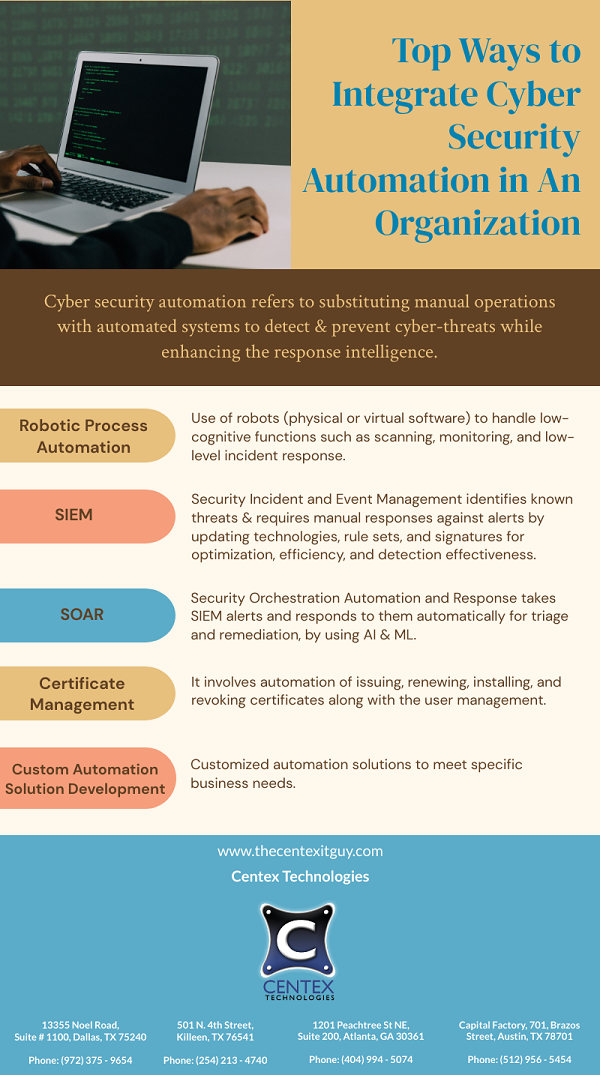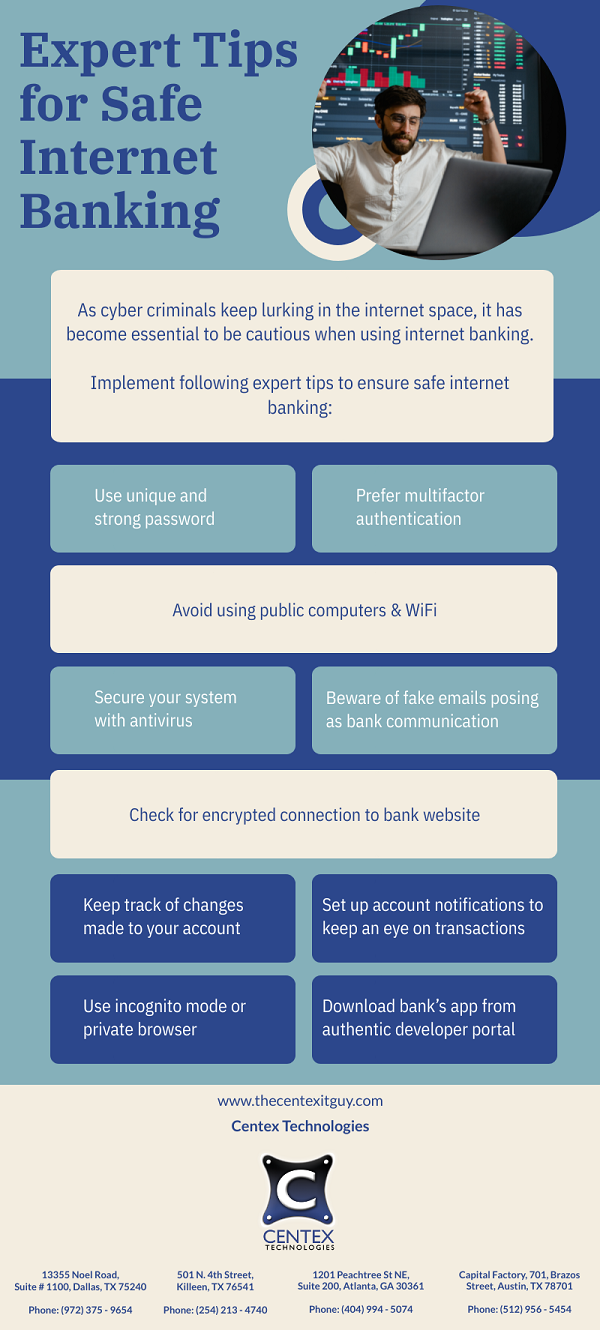A firewall acts as the first line of defense against network intruders. It works by filtering packets of incoming and outgoing data based on preset security rules. These rules are also termed as firewall configurations. The efficiency of its configuration governs the efficiency of a firewall. The configuration rules should be set to be strict enough to block malicious traffic but lenient enough to allow unobstructed data flow essential to run the website operations.
Follow these steps to ensure effective firewall configuration to secure your business server:
Secure The Firewall: The first step is to secure the firewall to prevent hackers from gaining administrative access. It is important to refrain from using a firewall that is not secured, as it can do more damage by acting as an entry point for hackers. Simple ways to secure your firewall are –
- Regularly update the firewall to the latest versions released by the developer.
- Delete default user accounts set by the developer and change default passwords using password reset best practices.
- Create different accounts for users who will manage the firewall and allow permissions based on their responsibilities instead of creating shared accounts.
- Pre-define trusted subnets from within the organizational network and allow changes from these subnets only. This helps in reducing the attack surface.
Define Firewall Zones & IP Addresses: In order to define firewall zones, first identify the assets that need to be protected and group them based on the sensitivity or risk level. Place grouped assets together in network zones. For example, group together all servers that provide services over the internet, such as VPN servers, email servers, etc., in one network zone that allows limited inbound traffic from internet. This is usually known as DMZ or a demilitarized zone. Create as many zones as logically possible. Now establish IP address scheme that compliments the zone architecture of your network. Use this as the basis to create firewall zones.
Configure ACLs: ACLs refer to access control lists. They are the defining rules of the traffic that will be permitted to every interface and sub-interface of the firewall. An ACL should include well-defined specifications such as source and destination IP addresses, port numbers, and deny all button to block all unapproved traffic. Make sure to apply both inbound and outbound ACLs to every interface and sub-interface. Also, refrain from granting public access to firewall administration interfaces to prevent outside threats.
Configure Other Services: Check if the firewall you are deploying has add-on capabilities to act as DHCP server, NTP server, or Intrusion Prevention Server. In such case, make sure to configure these services. Additionally, configure the firewall to report to your logging server.
Test The Configuration: Run vulnerability scanning and penetration testing to make sure the firewall is blocking traffic as per ACLs. Create a backup of the firewall configuration for future reference. Make sure to run regular tests to ensure the efficiency of the firewall.
To know more about protecting your business network from cyberattcks, contact Centex Technologies. You can contact Centex Technologies at Killeen (254) 213 – 4740, Dallas (972) 375 – 9654, Atlanta (404) 994 – 5074, and Austin (512) 956 – 5454.


